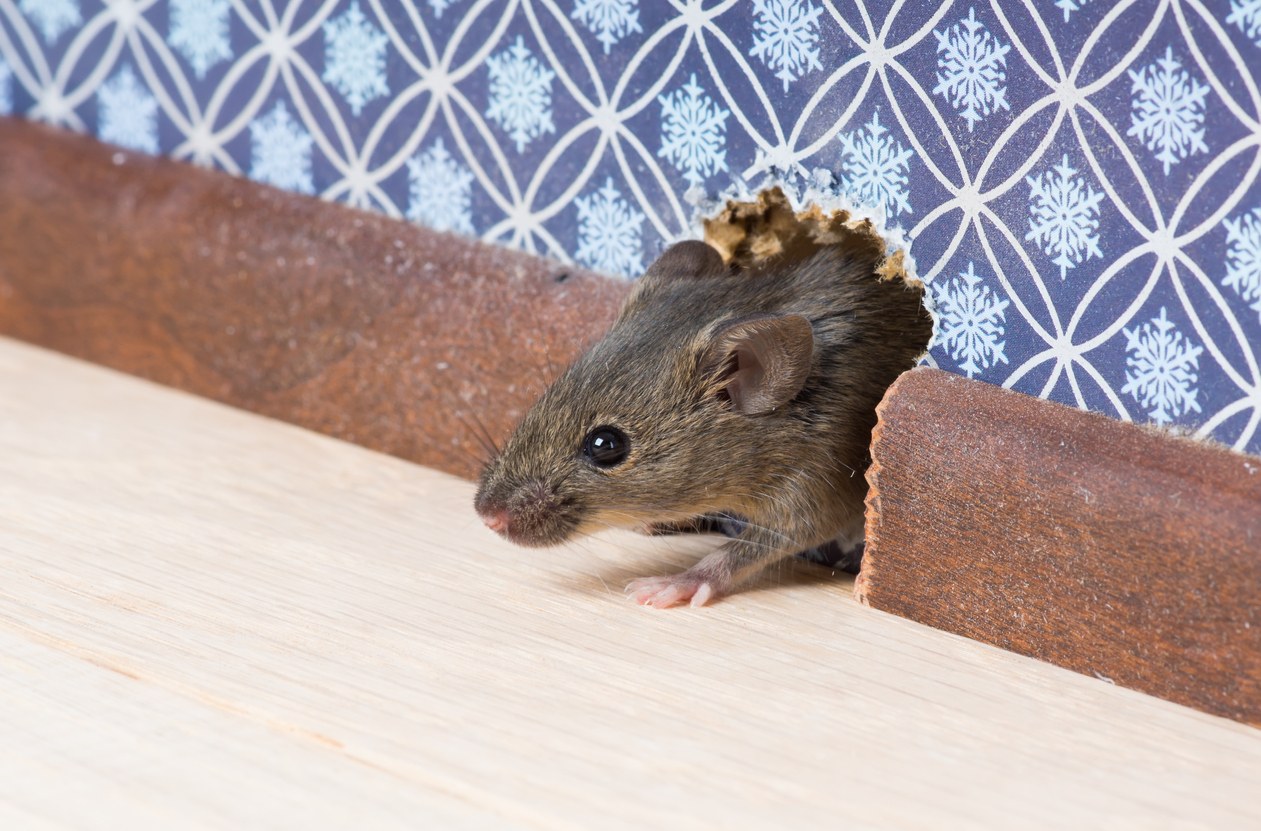
Mice and the Aroma of Status: How Rodents Quickly Discern Social Hierarchy
In the complex realm of mouse society, rapid evaluations are crucial for survival and social balance. A recent investigation from the Francis Crick Institute shows that mice possess an astonishing ability to identify social rank as soon as they encounter a stranger — without needing a prior conflict. Published in Current Biology, the study reveals the significant impact of scent on social decision-making and highlights how behavior is shaped not by fixed characteristics, but by the real-time perception of others’ ranks.
Chemical Signals Indicate Social Standing
When unknown mice come together in a restricted environment — such as a slender tube where one must yield — they act strategically. Lacking previous confrontations or knowledge of each other’s backgrounds, these diminutive rodents can quickly gauge social hierarchy.
Researchers at the Crick Institute discovered that this rapid evaluation is facilitated by their advanced sense of smell. Mice employ both their primary olfactory system (which detects airborne odors) and the vomeronasal organ (which perceives pheromones during direct contact) to interpret chemical signals regarding another mouse’s social rank.
“We’ve demonstrated that mice assess strangers through chemical signals and can recognize social status without an extensive history of confrontations with those particular counterparts,” stated Neven Borak, the lead author of the study.
The research showcased that each chemosensory pathway alone is adequate for rank assessment. Only when both were obstructed did the mice lose the ability to discern social hierarchy, underscoring the robustness and redundancy in their scent-based communication.
Behavior Responsive to Rank: Beyond Fixed Traits
Historically, it was believed that animals acted in fixed manners — some innately aggressive, others submissive. Nonetheless, this study calls that assumption into question, revealing that mouse behavior is adaptable and context-sensitive.
Upon meeting, detailed behavioral examinations showed that:
– Mice often pressed against those of lower rank.
– Mice frequently withdrew when confronted by higher-ranked individuals.
– Reactions varied based on the rival and were not connected to the mouse’s inherent nature.
– Physical dimensions and strength were unreliable indicators of dominance.
These results bolster the notion that mice participate in flexible decision-making. Their behaviors are not hardwired but are molded by continuous evaluations of social information elicited through chemical signals.
Interestingly, interactions among familiar mice led to quicker conflict resolution. This implies that social memory — coupled with chemical status indicators — assists mice in steering clear of unnecessary disputes.
Universal Indicators of Status
Intriguingly, the scientists discovered that chemical signals could communicate social status so effectively that a mouse’s actual standing could be supplanted. When they “upgraded” a mouse by applying urine from a dominant male, unfamiliar mice started to treat it as if it held a higher rank, even without prior acquaintance.
This supports the view that mice are not merely distinguishing individuals — they are interpreting a universal status signal. Through either scent or actions, rank is encoded and transmitted to others within the group, directing interactions and facilitating social harmony with minimal aggression.
Broader Implications for Humans
What significance does this have for humans? While our primary sensory modalities differ — with a greater reliance on visual, verbal, and contextual indicators — our social frameworks still involve swift evaluations of rank and status. Individuals form impressions regarding each other’s authority, influence, or confidence in just seconds, often subconsciously.
“This phenomenon is also fascinatingly mirrored in humans, primarily through visual cues,” remarked Borak. “Our study provides intriguing insights into social mobility: like mice, humans can assimilate into a new social circle while retaining an awareness of their own rank and evaluating the status of others they encounter.”
Neurobiological Aspects of Decision-Making
What distinctly characterizes this study is its exploration of brain processing. Senior author Jonny Kohl noted that mice are not merely reacting on instinct; their brains integrate information about both their own status and that of others prior to deciding on a course of action.
This indicates that dominance interactions among mice stem from internal decision-making mechanisms that analyze relative rank and inform their behavioral responses accordingly.
“Our findings suggest that the brain aligns internal and external information to guide behavior — it’s not about pre-set aggressive or submissive temperaments,” Kohl mentioned.
Future investigations aim to identify the specific brain regions that evaluate social hierarchy and mediate behavioral reactions. Such research could even reveal whether comparable neural structures are active in human social cognition.
A Framework for Grasping Social Hierarchies
These discoveries reach far beyond just rodent behavior. Multiple animal societies — ranging from primates to birds — operate on social hierarchies, and understanding how these ranks are perceived can illuminate group dynamics.
The ability of such a small creature to make complex social decisions based solely on chemical signals suggests that social intelligence may be more prevalent — and ancient — than previously recognized.
Ultimately, the manner in which mice perceive and react to social status may embody profound evolutionary strategies designed to reduce conflict and promote group cohesion.